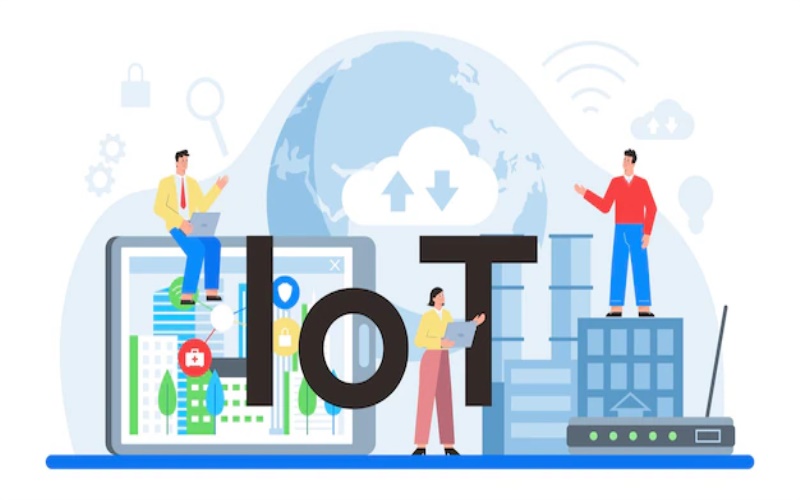The proliferation of Internet of Things (IoT) devices has transformed the way we live, bringing unprecedented connectivity to our homes and workplaces.
From smart thermostats to connected fridges, these devices enhance our daily lives. However, with increased connectivity comes heightened security risks.
Virtual Private Networks (VPNs) emerge as a crucial tool to secure this interconnected landscape.
This guide explores the intersection of VPNs and IoT, shedding light on how these technologies work in tandem to safeguard your connected world.
Understanding the IoT Landscape
The Rise of IoT Devices:
IoT devices have become ubiquitous, encompassing a myriad of smart appliances and gadgets.
These devices communicate with each other and external servers to provide convenience and real-time data.
Security Concerns with IoT:
As IoT devices become integral to our routines, security vulnerabilities emerge.
Many IoT devices lack robust built-in security measures, making them potential targets for cyber threats.
The Role of VPNs in IoT Security
Creating Encrypted Tunnels:
VPNs establish encrypted tunnels between devices and the internet.
When IoT devices connect through a VPN, their data becomes secure and resistant to interception, safeguarding sensitive information.
Shielding Data from Cyber Threats:
Cyber threats, such as hacking and data breaches, pose significant risks to IoT devices.
VPNs act as a shield, preventing unauthorized access and protecting the integrity of the data transmitted between devices.
Securing Remote Access:
Many IoT devices offer remote access for monitoring or control.
VPNs enhance the security of these features by encrypting the communication between the user and the device, thwarting potential unauthorized access.
Choosing the Right VPN for IoT
Compatibility with IoT Devices:
Not all VPNs seamlessly integrate with IoT devices.
It’s crucial to choose a VPN provider that supports the specific protocols and configurations required by your IoT devices.
Network and Device Management:
A robust VPN for IoT should offer features for effective network and device management.
This includes the ability to prioritize traffic, manage connected devices, and ensure a stable and secure network.
Implementing VPNs for IoT Security
Configuring VPNs for IoT Devices:
Setting up a VPN for your IoT devices involves configuring the VPN client on each device. This process may vary depending on the device type and the VPN service you choose.
Ensuring Continuous Protection:
Regularly updating your VPN client and monitoring for any security patches is essential.
Additionally, considering VPNs with automatic kill switches can ensure uninterrupted protection if the VPN connection drops.
Conclusion
In conclusion, the synergy between VPNs and IoT is a pivotal aspect of securing our connected world.
As IoT devices continue to weave into the fabric of our daily lives, understanding the role of VPNs becomes imperative
By selecting the right VPN, configuring it appropriately, and staying informed about security best practices, you can ensure a safer and more secure IoT ecosystem. Embrace the power of VPNs to navigate the connected world with confidence and peace of mind.
Frequently Asked Questions (FAQs)
How Can VPNs Improve IoT Security?
VPNs encrypt data transmitted between IoT devices and the internet, protecting it from potential cyber threats. This encryption is crucial for securing sensitive information and preventing unauthorized access.
Are All VPNs Compatible with IoT Devices?
No, not all VPNs are compatible with IoT devices. It’s essential to choose a VPN provider that supports the specific protocols and configurations required by your IoT devices.
Can VPNs Protect Against IoT Hacking?
Yes, VPNs add a layer of security against IoT hacking by encrypting the communication between IoT devices and the internet. This encryption makes it significantly more challenging for hackers to intercept or manipulate data.
Do I Need a VPN for Every IoT Device?
While it’s not mandatory to use a VPN for every IoT device, it’s recommended for devices transmitting sensitive information or offering remote access features. Evaluate your security needs and prioritize accordingly.

